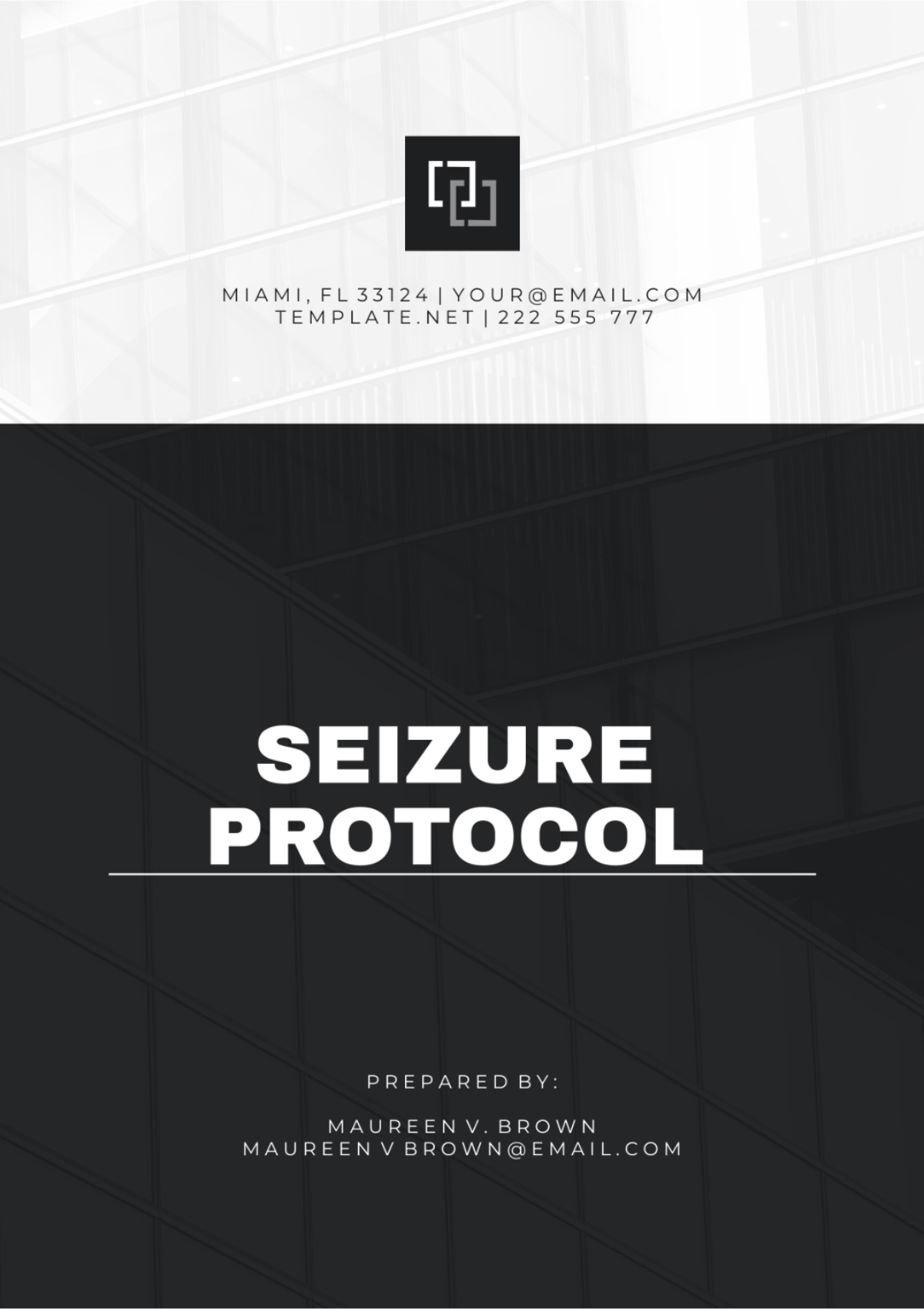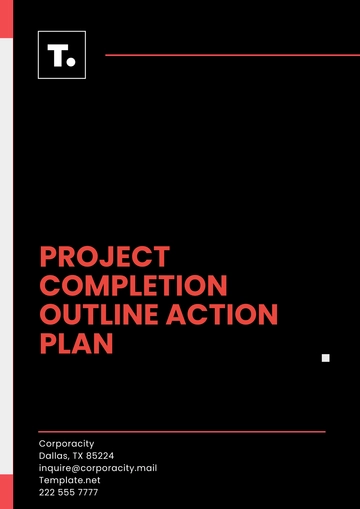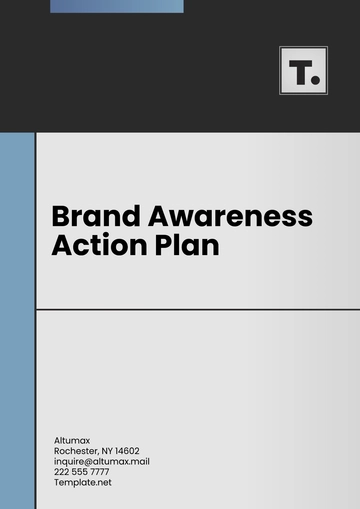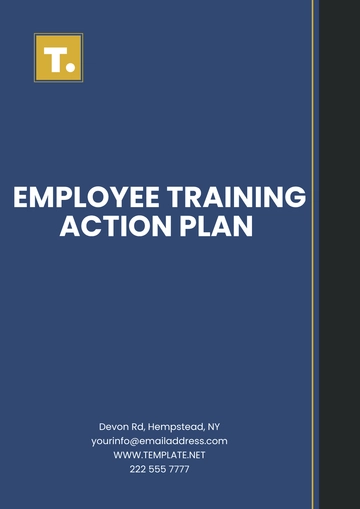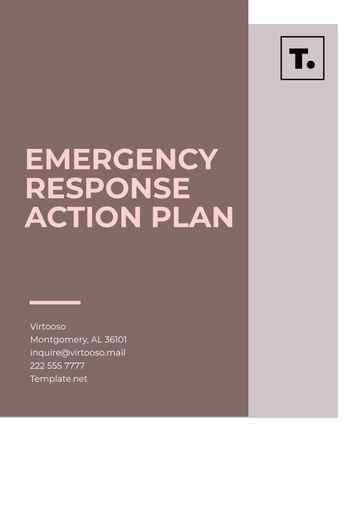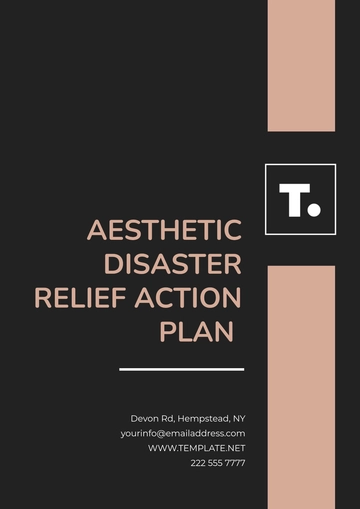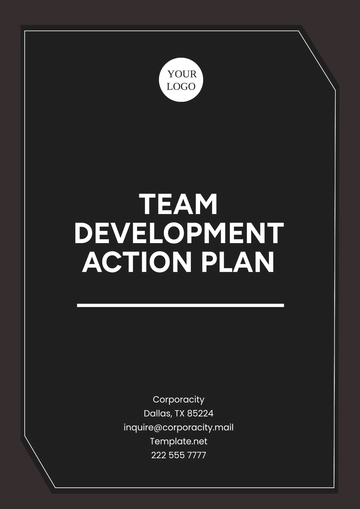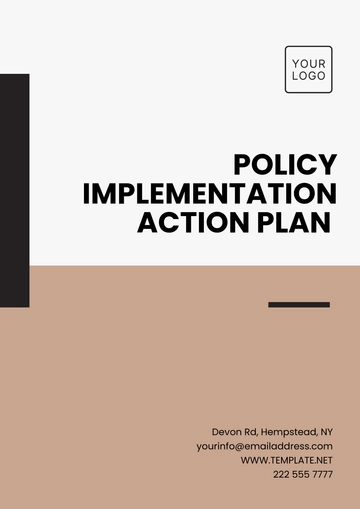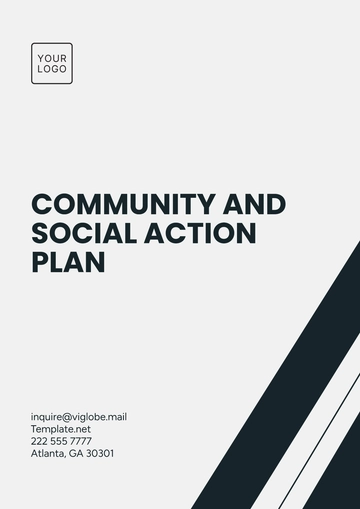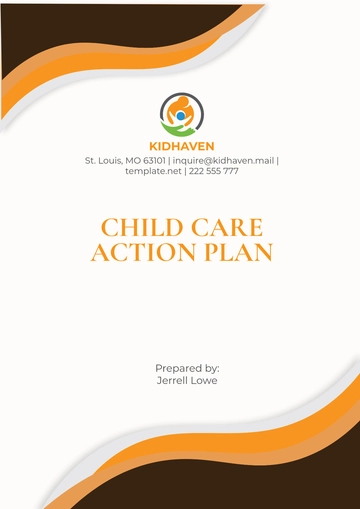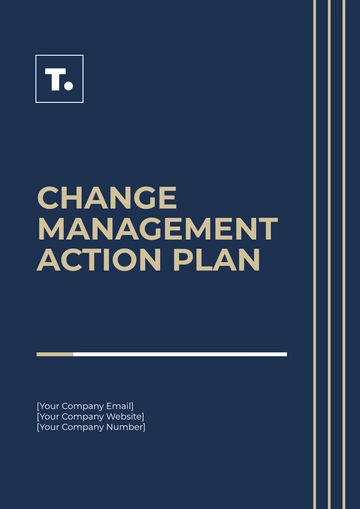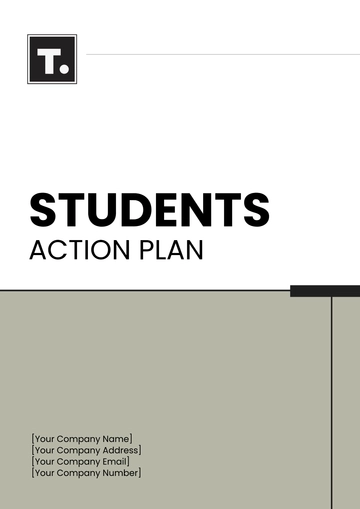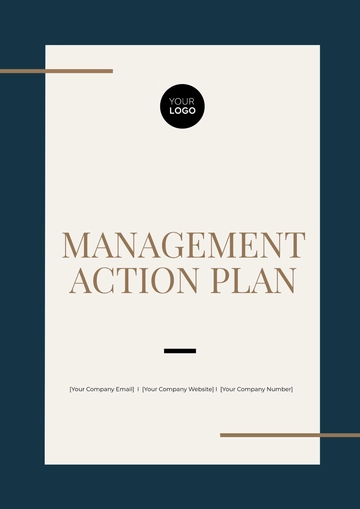Seizure Protocol
Name: | [Your Name] |
Company: | [Your Company Name] |
Department: | [Your Company Department] |
Date: | [Date] |
This Seizure Protocol is designed to provide essential guidance for individuals diagnosed with epilepsy or other seizure disorders, as well as their caregivers, on effectively managing seizures. It aims to ensure prompt and appropriate actions are taken to minimize the impact of seizures and promote safety and well-being.
I. Objectives
Safety: Ensure the safety of individuals experiencing seizures and those around them by providing guidelines for creating a safe environment and minimizing potential hazards.
Education: Educate individuals with epilepsy and their caregivers on how to recognize and respond to seizures effectively, promoting confidence and competence in seizure management.
Empowerment: Empower individuals with epilepsy to take an active role in managing their condition by providing practical strategies and tools for seizure prevention and response.
Communication: Facilitate clear communication between individuals with epilepsy, their caregivers, and healthcare providers, enabling informed decision-making and appropriate medical interventions.
Quality of Life: Improve the overall quality of life for individuals with epilepsy by promoting independence, reducing anxiety related to seizures, and fostering a sense of control over their condition.
II. Protocol Overview
The Seizure Protocol outlines comprehensive guidelines for individuals diagnosed with epilepsy or other seizure disorders, as well as their caregivers, to effectively manage seizures. It covers preparation before seizures, actions to take during seizures, post-seizure care, documentation, and emergency response procedures.
III. Procedure
Pre-Seizure Preparation
Identify and minimize potential seizure triggers, such as stress, lack of sleep, or flashing lights.
Create a safe environment by removing sharp objects and hazardous materials.
Establish a regular sleep schedule and practice stress-reduction techniques.
Adhere to medication regimen as prescribed by a healthcare provider.
During a Seizure
Stay calm and provide reassurance to the individual experiencing the seizure.
Guide the person to a safe area away from hazards if they are standing.
Do not restrain the individual or place anything in their mouth.
Protect the person's head from injury by placing something soft underneath, if possible.
Time the duration of the seizure and observe any unusual behaviors or movements.
After the Seizure
Stay with the person until they are fully alert and oriented.
Offer comfort and reassurance.
Assist the person in a comfortable position, if needed.
Provide water and a snack if appropriate.
Seek medical attention or contact emergency services if necessary.
IV. Safety Considerations
Prioritize safety at all times during seizure episodes.
Avoid placing objects near the person during seizures to prevent injury.
Do not attempt to forcibly restrain the individual.
Ensure a clear pathway and remove obstacles to prevent falls.
Be mindful of the person's head and protect it from hitting hard surfaces.
Stay calm and maintain a supportive presence throughout the seizure episode.
V. Emergency Response
In the event of a prolonged seizure (status epilepticus) lasting longer than five minutes or if multiple seizures occur without recovery in between, seek immediate medical assistance by calling emergency services.
VI. Conclusion
This seizure management protocol provides a comprehensive and holistic approach to managing seizures effectively. It encompasses best practices while considering individual needs and safety considerations.
With its implementation, desired outcomes such as improved quality of patient care, increased caregiver confidence and satisfaction, and a significant decrease in the risk of complications related to seizures can be achieved. This aids in improving the overall well-being of the individuals affected by seizures and is another step towards our mission of creating a healthier society.
Protocol Templates @ Template.net
